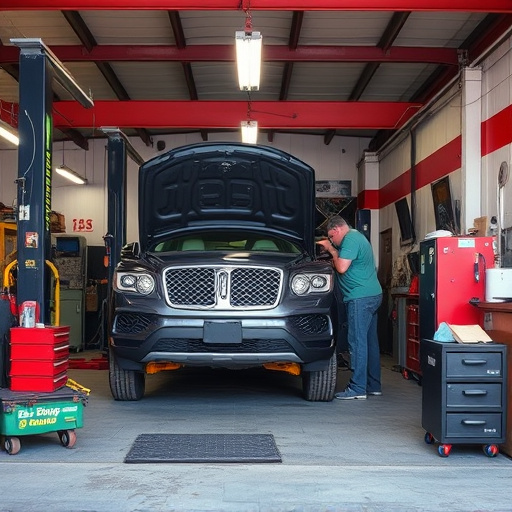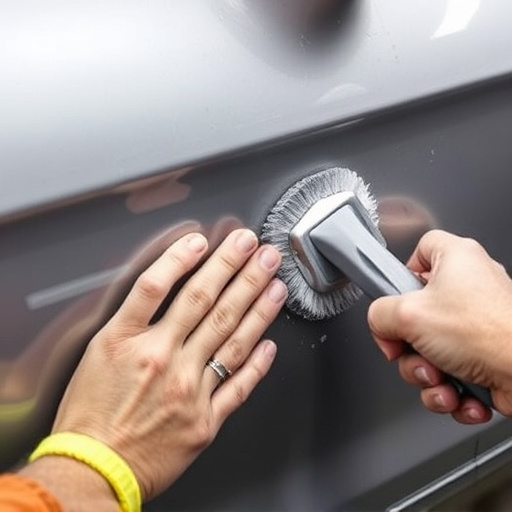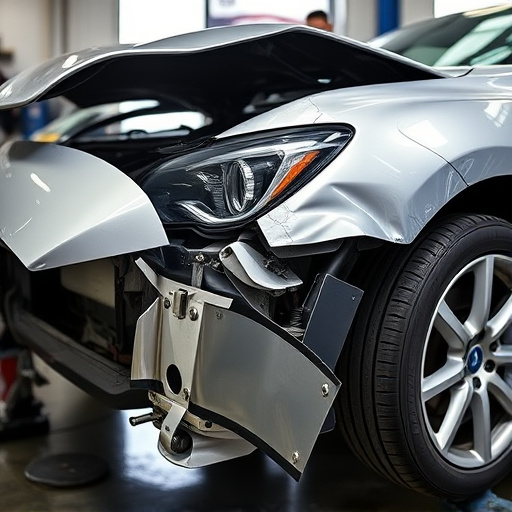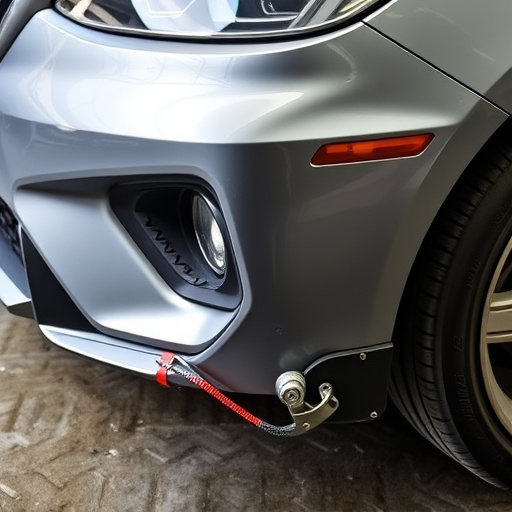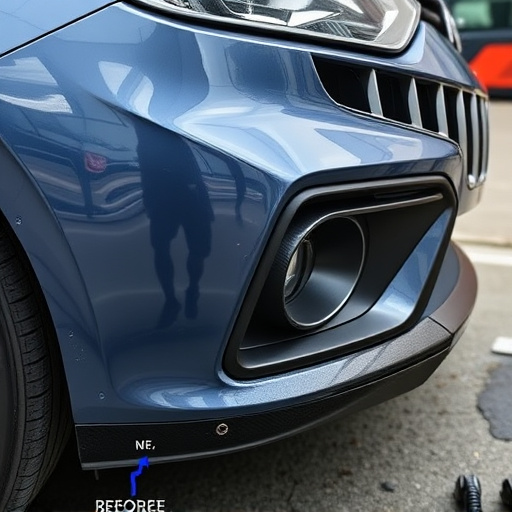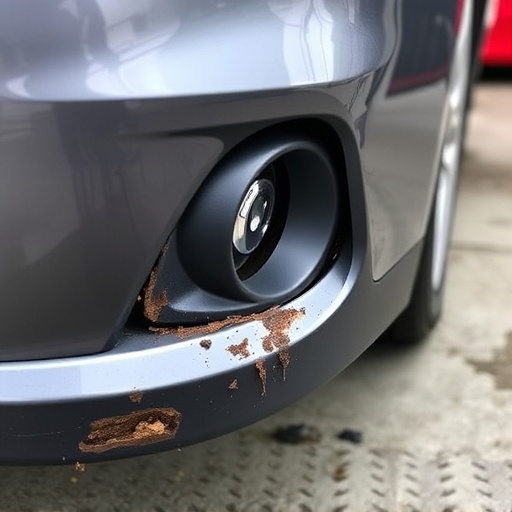Mercedes safety system checks using Original Equipment Manufacturer (OEM) tools are vital for optimal vehicle performance, longevity, and enhanced driving safety. These advanced tools enable mechanics to interface with a vehicle's onboard computer, diagnose issues in collision avoidance, lane departure warning, and adaptive cruise control, and track service history. Comprehensive checks involve scanning, manual inspection of components like airbags and anti-lock brakes, and addressing detected issues promptly using genuine Mercedes parts for maximum protection.
“Ensure your Mercedes’ optimal safety with a comprehensive understanding and regular checks. This article delves into the intricate world of Mercedes safety systems, providing an in-depth overview for owners and enthusiasts alike. We explore the significance of original equipment manufacturer (OEM) diagnostic tools in performing meticulous safety system checks. By following our step-by-step guide, you’ll gain the knowledge to navigate through this process, ensuring your vehicle’s cutting-edge safety features function at their highest level.”
- Understanding Mercedes Safety Systems: A Comprehensive Overview
- The Role of OEM Diagnostic Tools in Safety System Checks
- Step-by-Step Guide to Conducting a Thorough Safety Check
Understanding Mercedes Safety Systems: A Comprehensive Overview
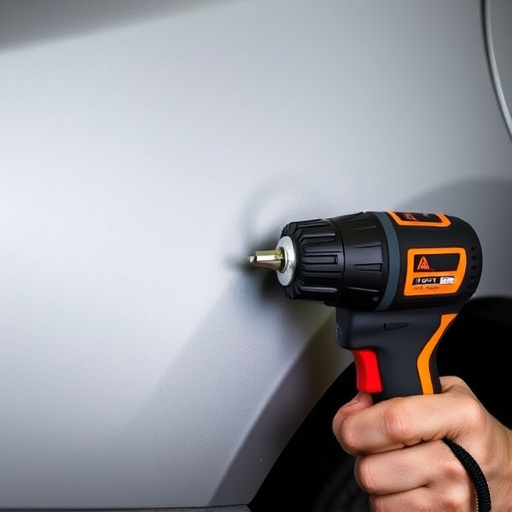
Mercedes safety systems are a complex web of technologies designed to protect drivers, passengers, and other road users. These advanced systems encompass various features such as anti-lock braking (ABS), electronic stability control (ESC), lane-keeping assist, and adaptive cruise control, among others. Each component plays a crucial role in enhancing safety, from preventing accidents to mitigating their impact.
Understanding these systems is essential for anyone owning or working on Mercedes vehicles. Regularly conducting a Mercedes safety system check using Original Equipment Manufacturer (OEM) diagnostic tools ensures that these critical components are functioning optimally. This proactive approach not only extends the lifespan of the vehicle but also contributes to safer driving conditions, much like how regular car dent removal and meticulous car bodywork maintenance preserve the physical integrity of a car.
The Role of OEM Diagnostic Tools in Safety System Checks
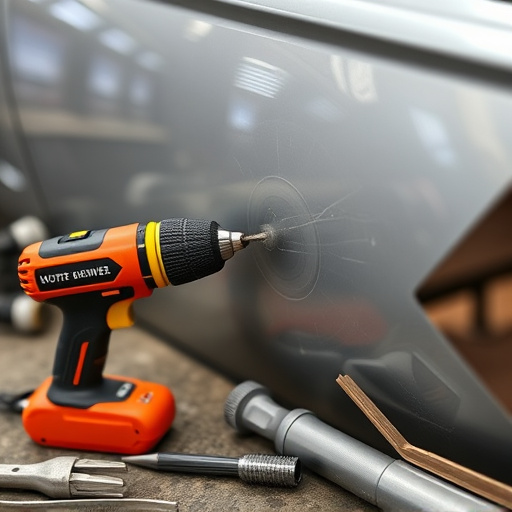
Original Equipment Manufacturer (OEM) diagnostic tools play a pivotal role in conducting comprehensive Mercedes safety system checks. These advanced tools are designed to interface directly with a vehicle’s onboard computer, providing mechanics and technicians with real-time data and insights into various safety features. By utilizing OEM diagnostics, professionals can accurately diagnose any issues or malfunctions within the Mercedes’ sophisticated safety systems, which often include collision avoidance, lane departure warning, and adaptive cruise control. This early detection ensures that potential problems are addressed promptly, enhancing road safety for all occupants.
Furthermore, these diagnostic tools enable efficient tracking of service history, including past repairs related to car collision repair or dent removal. This information is invaluable when assessing the overall condition of the vehicle’s safety mechanisms, especially after an accident. With access to detailed data, technicians can make informed decisions, ensuring that every aspect of the Mercedes’ safety system functions optimally, thereby reducing risks on the road and providing peace of mind for owners.
Step-by-Step Guide to Conducting a Thorough Safety Check
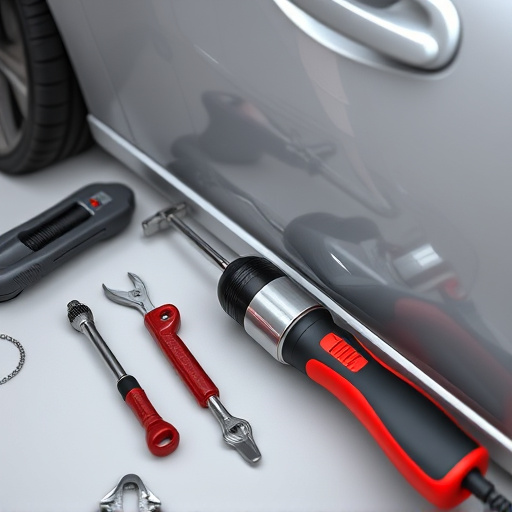
Conduiting a Mercedes safety system check using OEM diagnostic tools involves a step-by-step approach to ensure comprehensive coverage and accuracy. Begin by connecting the appropriate diagnostic scanner to your vehicle’s OBD-II port, ensuring it’s compatible with your Mercedes model. Next, launch the specialized software designed for Mercedes vehicles, which will grant you access to in-depth safety system diagnostics.
The process starts with a system scan to identify any faults or errors. Then, manually select each component of the safety system – including airbags, anti-lock brakes, and electronic stability control – for detailed inspection. The scanner will provide code readings, allowing you to cross-reference with repair manuals for precise interpretation. If issues are detected, address them promptly through genuine Mercedes parts, ensuring your vehicle’s safety systems operate at peak performance. Remember, a well-maintained safety system is vital for both driver and passenger protection, akin to maintaining superior auto painting or restoring a vehicle to its original condition through top-tier vehicle repair services.
Conducting regular Mercedes safety system checks using original equipment manufacturer (OEM) diagnostic tools is essential for maintaining optimal vehicle safety. By following a systematic approach, as outlined in this guide, car owners can ensure that their Mercedes’s advanced safety features are functioning correctly. This proactive maintenance not only enhances driving peace of mind but also contributes to the overall longevity and performance of the vehicle. Remember, a well-maintained safety system is a key component in protecting yourself and your passengers on the road.



